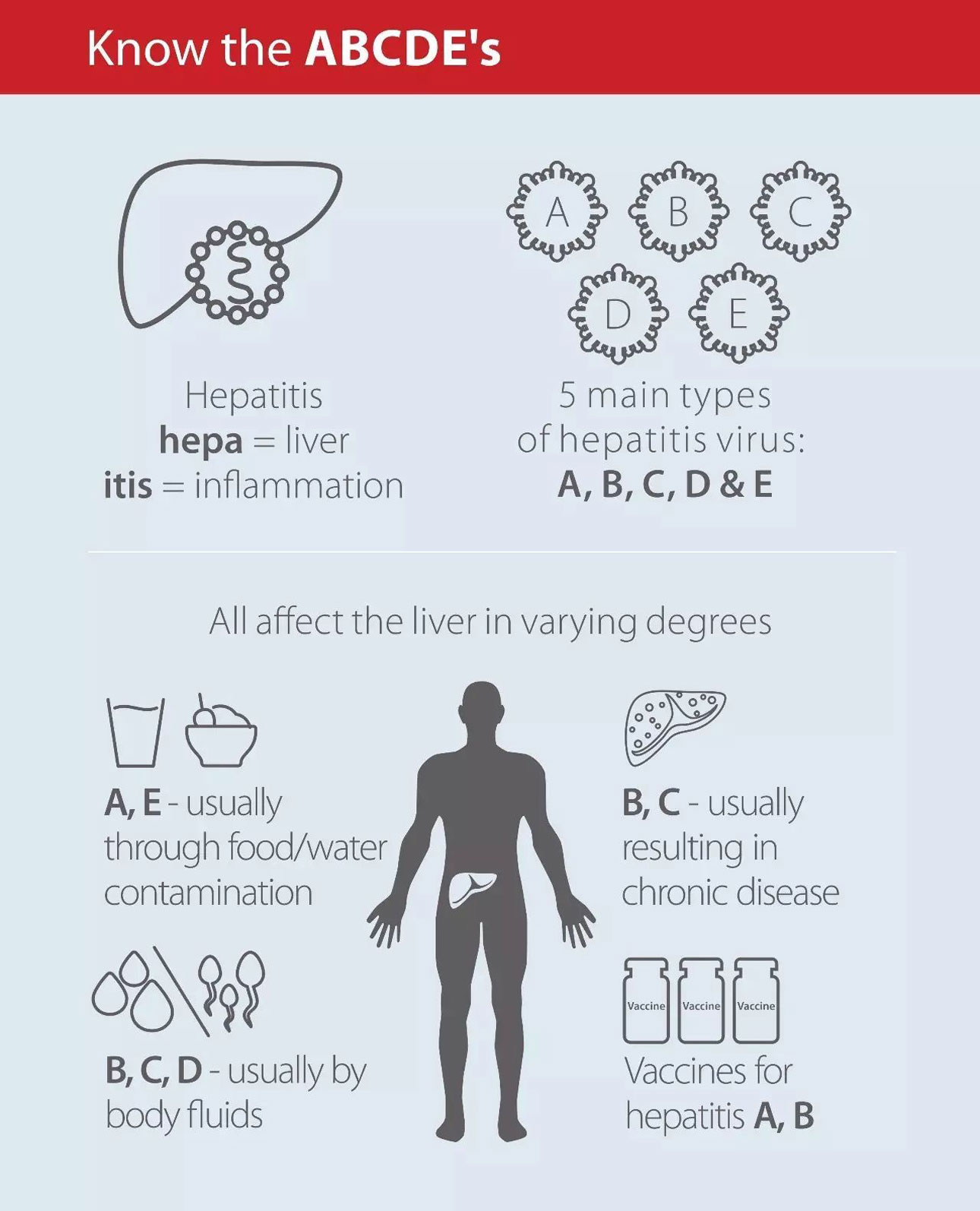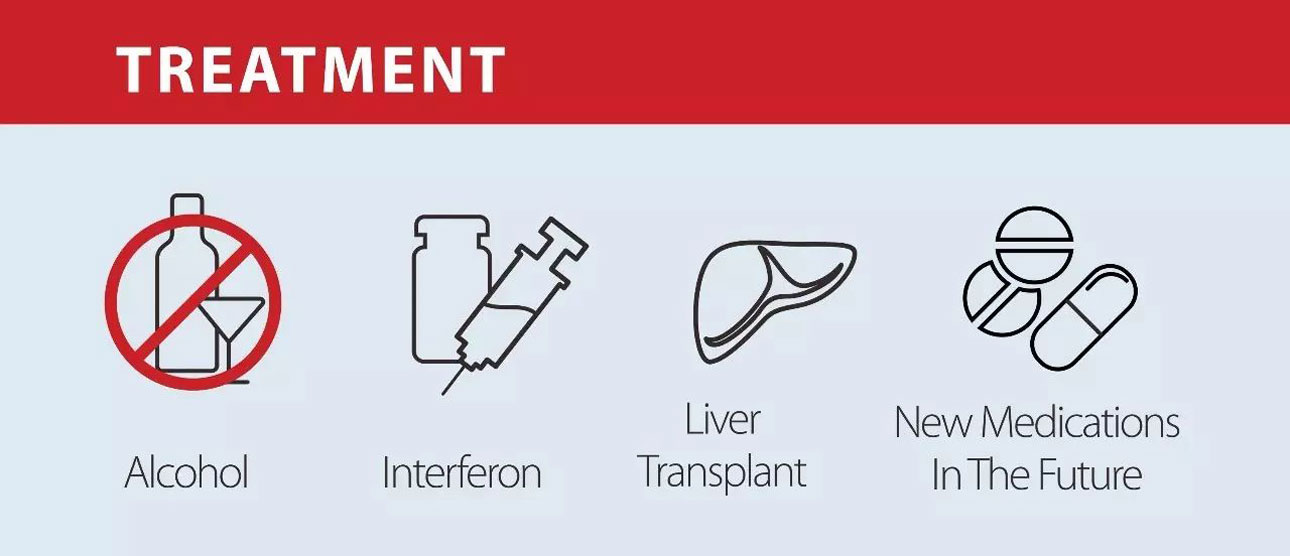You may have heard of hepatitis A, B and C, or hepatitis A virus (HAV), hepatitis B virus (HBV) and hepatitis C virus (HCV). While the letters differ, they all have one thing in common -- a dangerous inflammation of the liver. HAV, HBV and HCV are the three most common forms of the five main hepatitis viruses - types A, B, C, D and E.

Among the five types, hepatitis A usually goes away on its own, while hepatitis B and hepatitis C can lead to chronic disease and are the most common causes of life-threatening liver cirrhosis and cancer. On World Hepatitis Day, marked every year on July 28, let's get to know more about this devastating viral disease and act to eliminate it.
Hepatitis B and C facts and stats

Hepatitis B and C in the world

Detection: key to elimination
"Viral hepatitis is now recognized as a major public health challenge that requires an urgent response," said Dr Margaret Chan, WHO Director-General.The WHO Global Hepatitis Report, 2017 indicates that the large majority of the 325 million chronic hepatitis-infected people lack access to life-saving testing and treatment, placing them at high risk of a slow progression to chronic liver disease, cancer, and even death. This highlights early detection of hepatitis as a major effort towards the final goal of eliminating it.

HBV and HCV diagnosis
Diagnosis of acute viral hepatitis is often easy, but diagnosis of chronic hepatitis can be tricky. When a patient reports symptoms of fatigue, nausea, abdominal pain, darkening of urine, and then develops jaundice (yellowing of skin and eyes), the diagnosis of acute viral hepatitis is likely and can be confirmed by blood tests. However, patients with chronic hepatitis B and C often have no symptoms or only mild nonspecific symptoms such as chronic fatigue. These patients usually do not have jaundice until the liver damage is far advanced, thus they may remain undiagnosed for years or decades. Early diagnosis is essential for timely medical intervention which can save lives.
Primary diagnosis of HBV and HCV infection is made by using serological tests for detecting antigens and/or antibodies against these viruses.
Hepatitis C diagnosis is performed through the detection of anti-HCV (antibodies) in blood samples where a negative test result indicates the absence of HCV infection.
Hepatitis B diagnosis is accomplished by testing for a series of serological markers of HBV (antigens or antibodies that are produced in response to a virus infection or vaccination), including HBsAg, Anti-HBs, Anti-HBc, HBeAg, and Anti-HBe. These serological tests are used to distinguish acute, self-limited infections from chronic HBV infections and to monitor vaccine-induced immunity.
*Clinical interpretation of HBV test



Mindray laboratory solution for HBV and HCV testing
Mindray provides Anti-HCV assay for hepatitis C test, as well as the five essays for HBV test -- HBsAg, Anti-HBs, HBeAg, Anti-HBe, and Anti-HBc. In particular, the HBV test assays have passed the stringent evaluation by German Red Cross Baden-Württemberg - Hessen gGmbH, making Mindray the first company in China to be approved by the organization in the HBV test area. Below are the study reports on Mindray's HBV test assays conducted by German Red Cross, which show high sensitivity and specificity.


Treatment of viral hepatitis

Treatment options are determined by the types of hepatitis and whether the infection is acute or chronic. Treatment of acute viral hepatitis involves bed rest, relieving symptoms and abstaining from alcohol. Treatment of chronic viral hepatitis -- chronic hepatitis B and C, involves medical intervention to reduce liver inflammation and fibrosis and to prevent progression to cirrhosis. With early detection and proper treatment, 95% of patients with hepatitis C infection can be completely cured within 2 - 3 months.
Call for action
On World Hepatitis Day today, the world joins together to drive action towards the goal of eliminating viral hepatitis by 2030, a global strategy on hepatitis initiated by WHO. Every individual has to play a part in the common fight, and has the power to influence real change in disease prevention, access to testing, treatment and care. Together we envision a world free of hepatitis and act to make a difference in our lives.

References:
http://www.who.int/en/
http://www.worldhepatitisday.org/en
